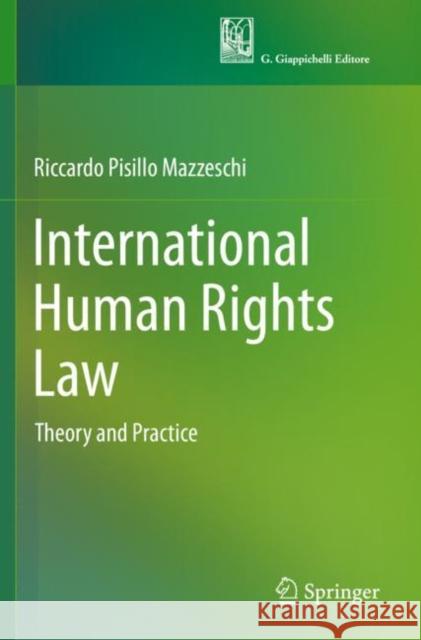International Human Rights Law: Theory and Practice » książka
topmenu
International Human Rights Law: Theory and Practice
ISBN-13: 9783030770341 / Angielski / Miękka / 2022
International Human Rights Law: Theory and Practice
ISBN-13: 9783030770341 / Angielski / Miękka / 2022
cena 403,47
(netto: 384,26 VAT: 5%)
Najniższa cena z 30 dni: 327,68
(netto: 384,26 VAT: 5%)
Najniższa cena z 30 dni: 327,68
Termin realizacji zamówienia:
ok. 22 dni roboczych.
ok. 22 dni roboczych.
Darmowa dostawa!
Kategorie:
Kategorie BISAC:
Wydawca:
Springer Nature Switzerland AG
Język:
Angielski
ISBN-13:
9783030770341
Rok wydania:
2022
Oprawa:
Miękka
Dodatkowe informacje:
Wydanie ilustrowane











